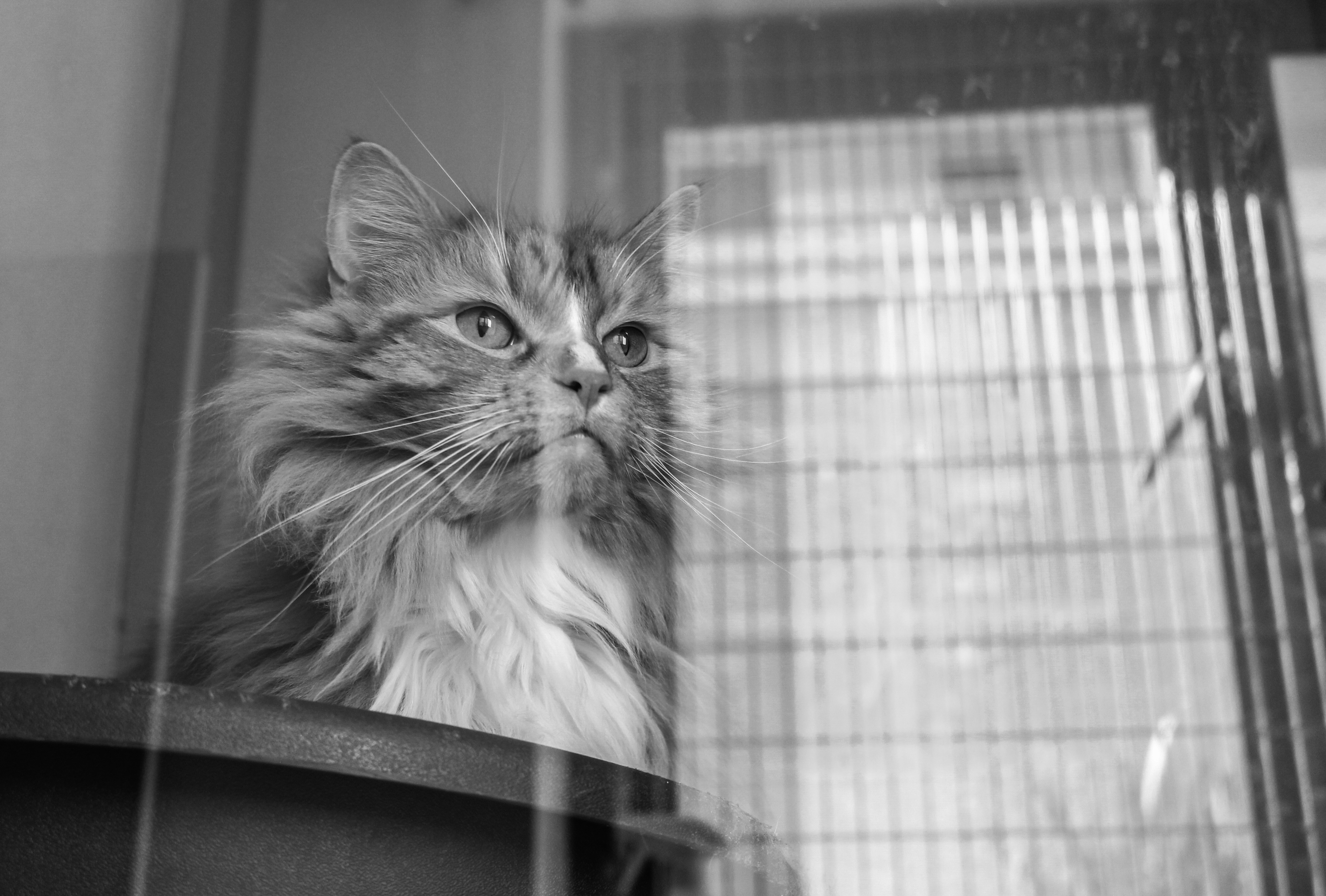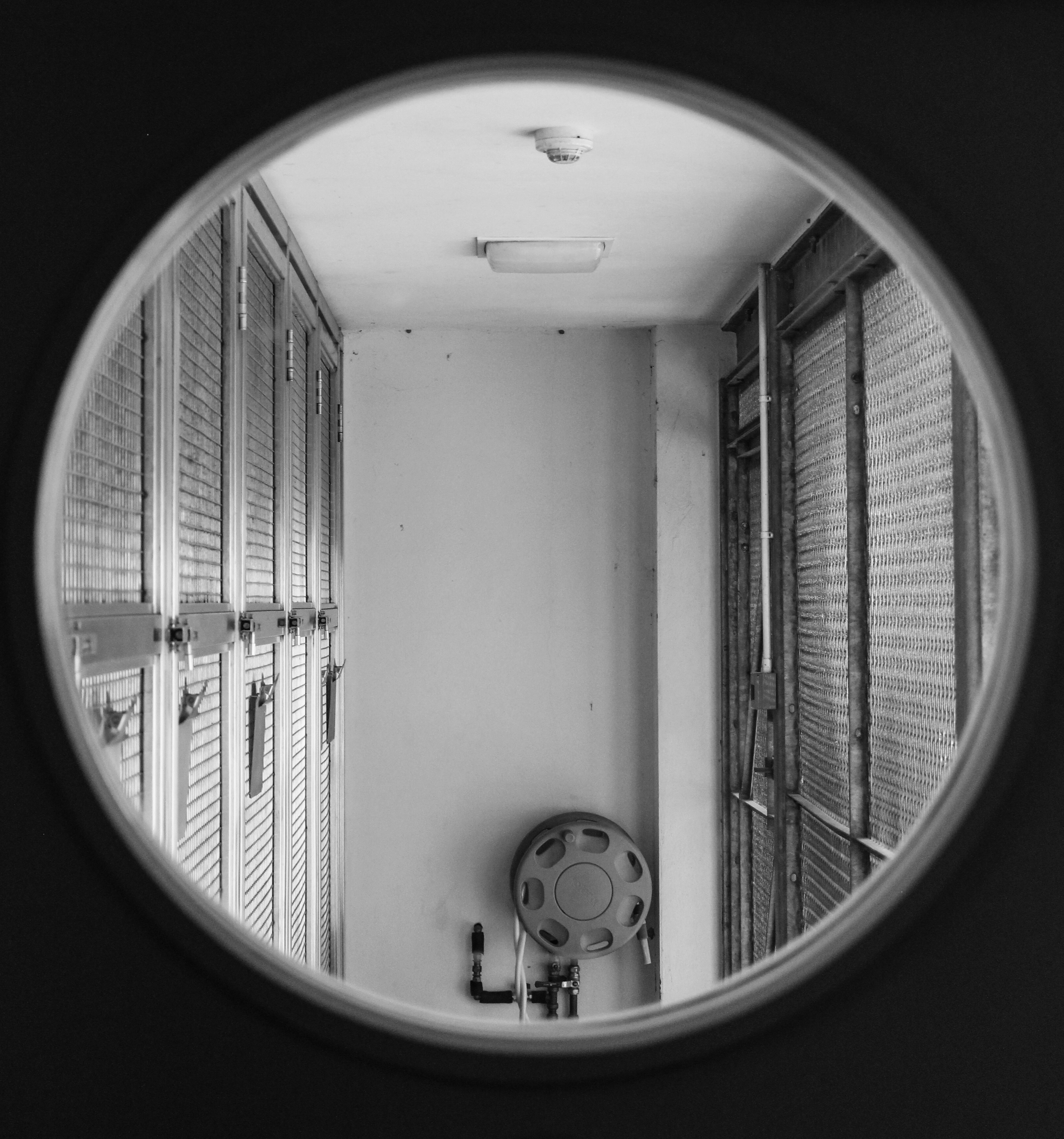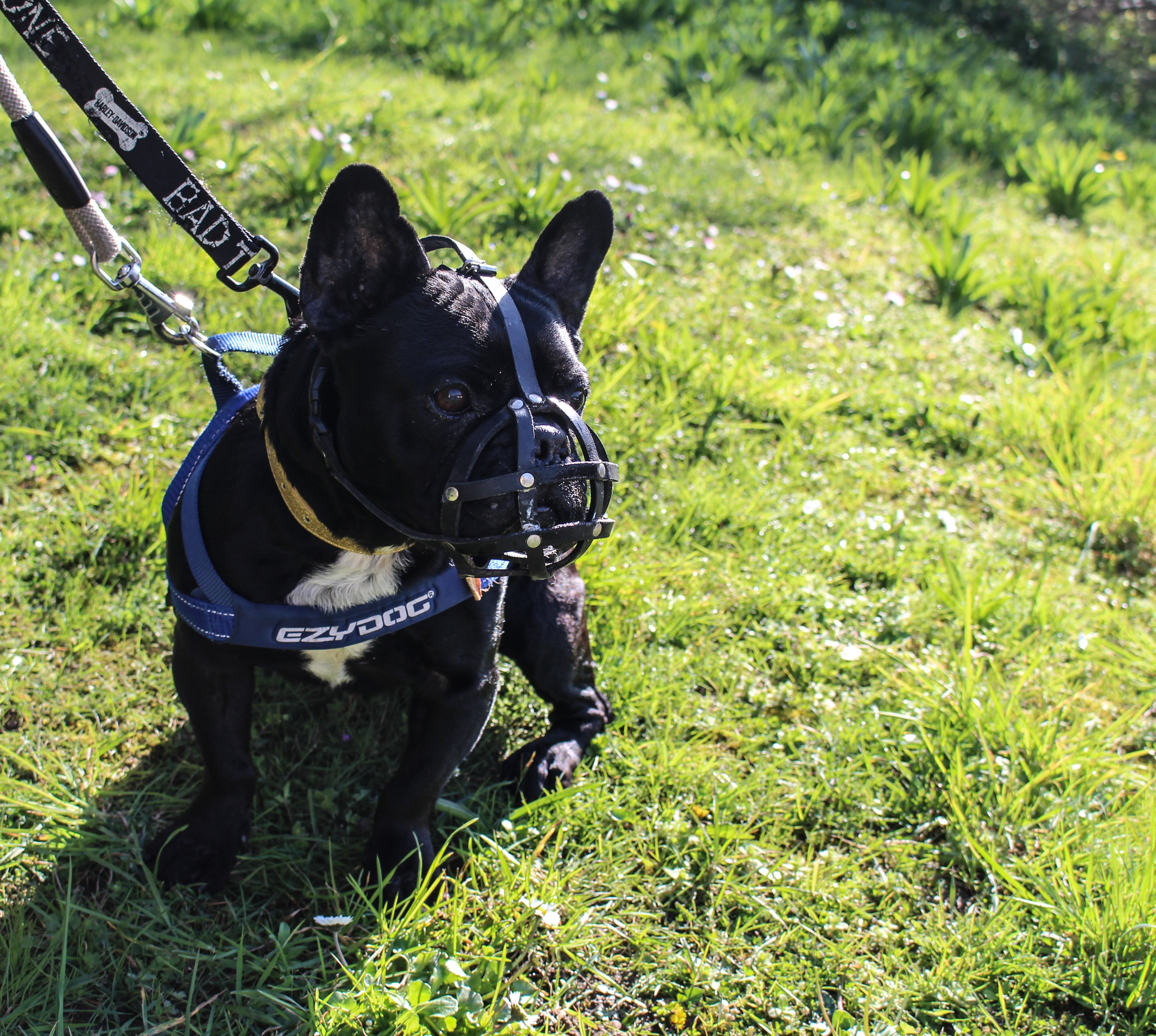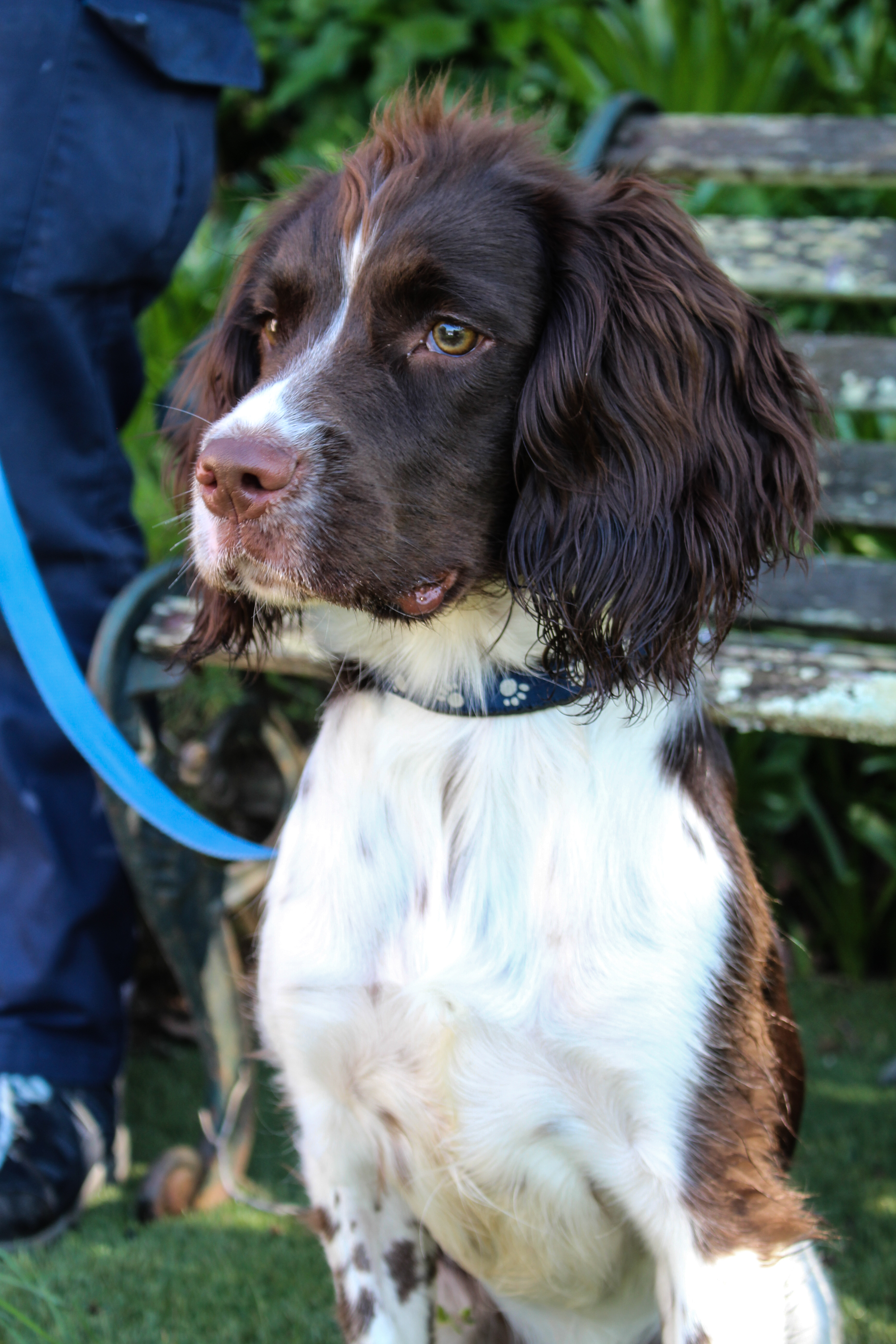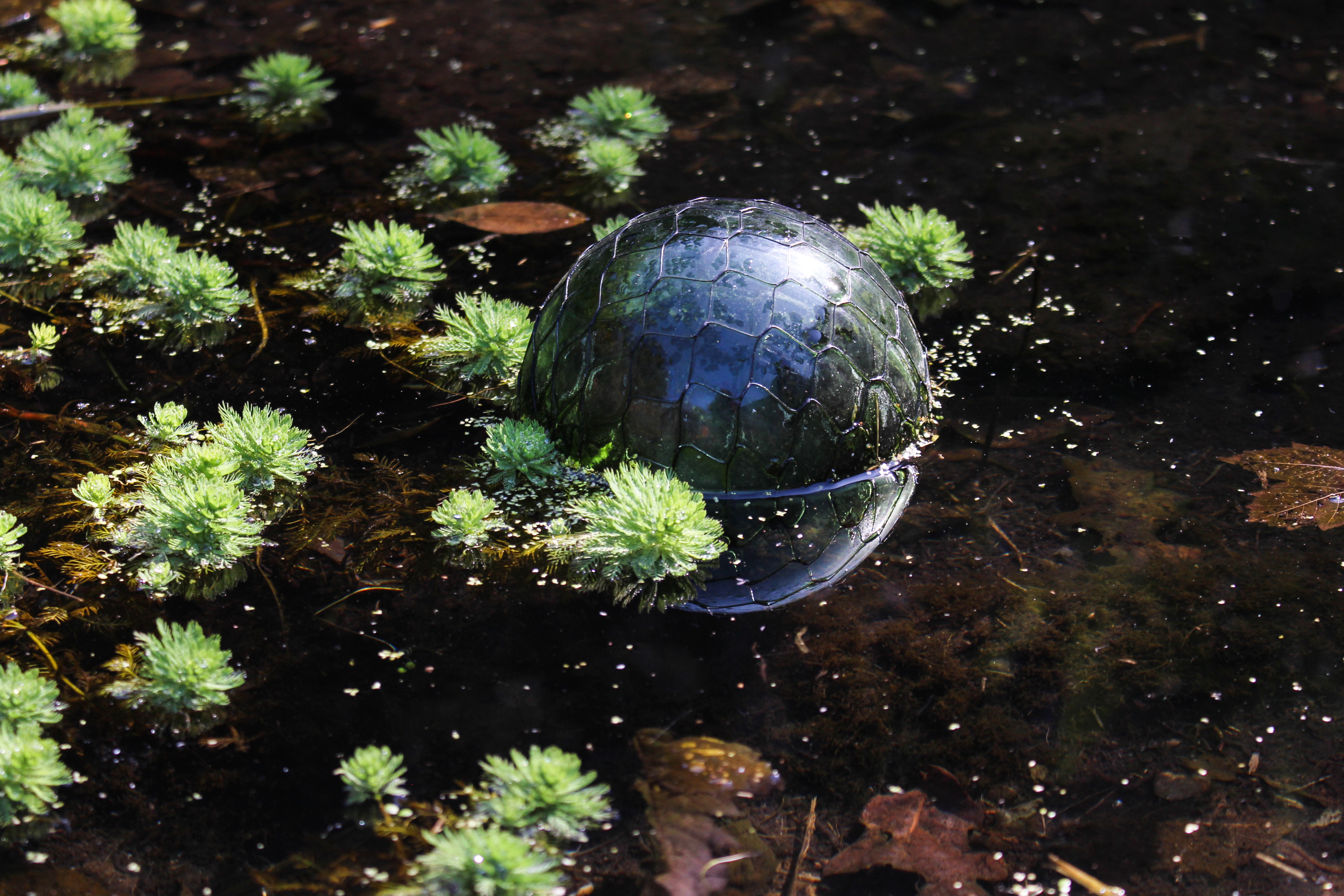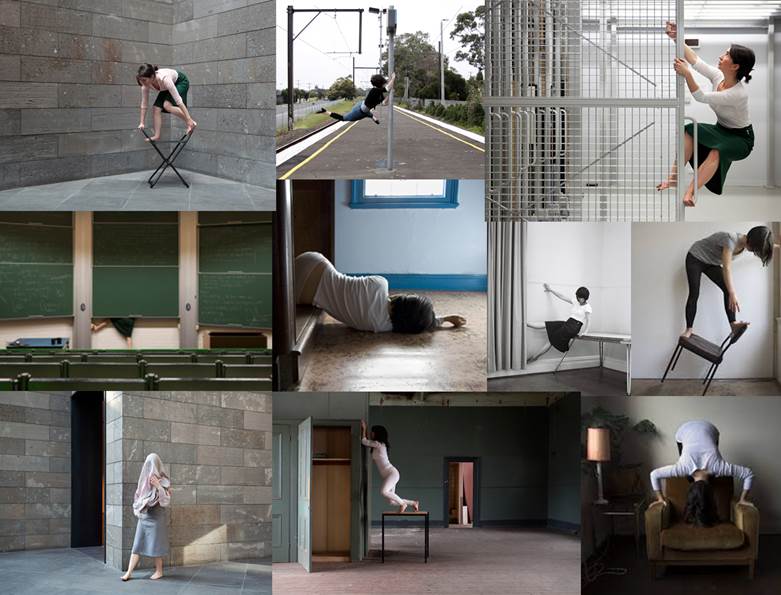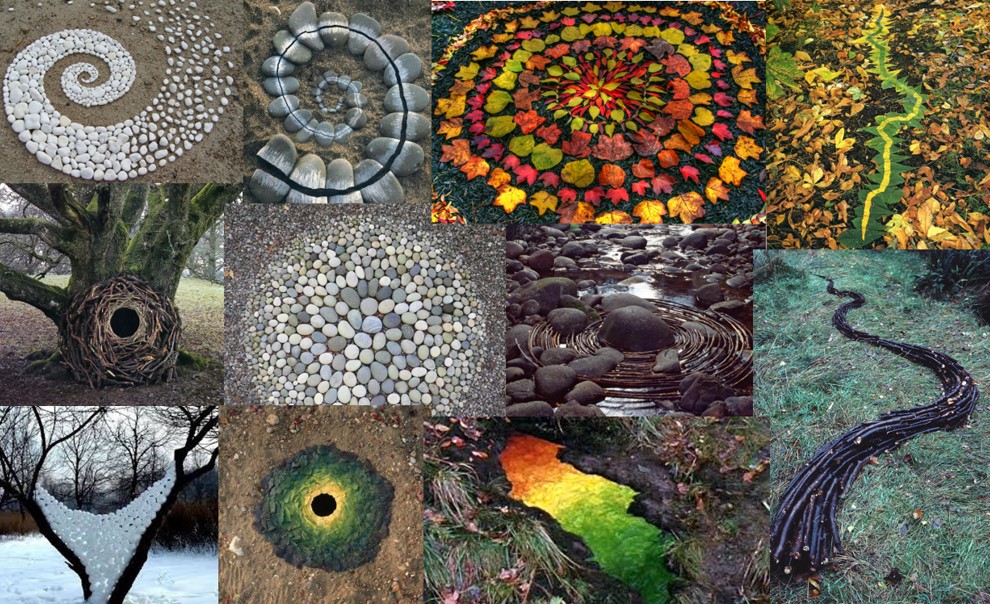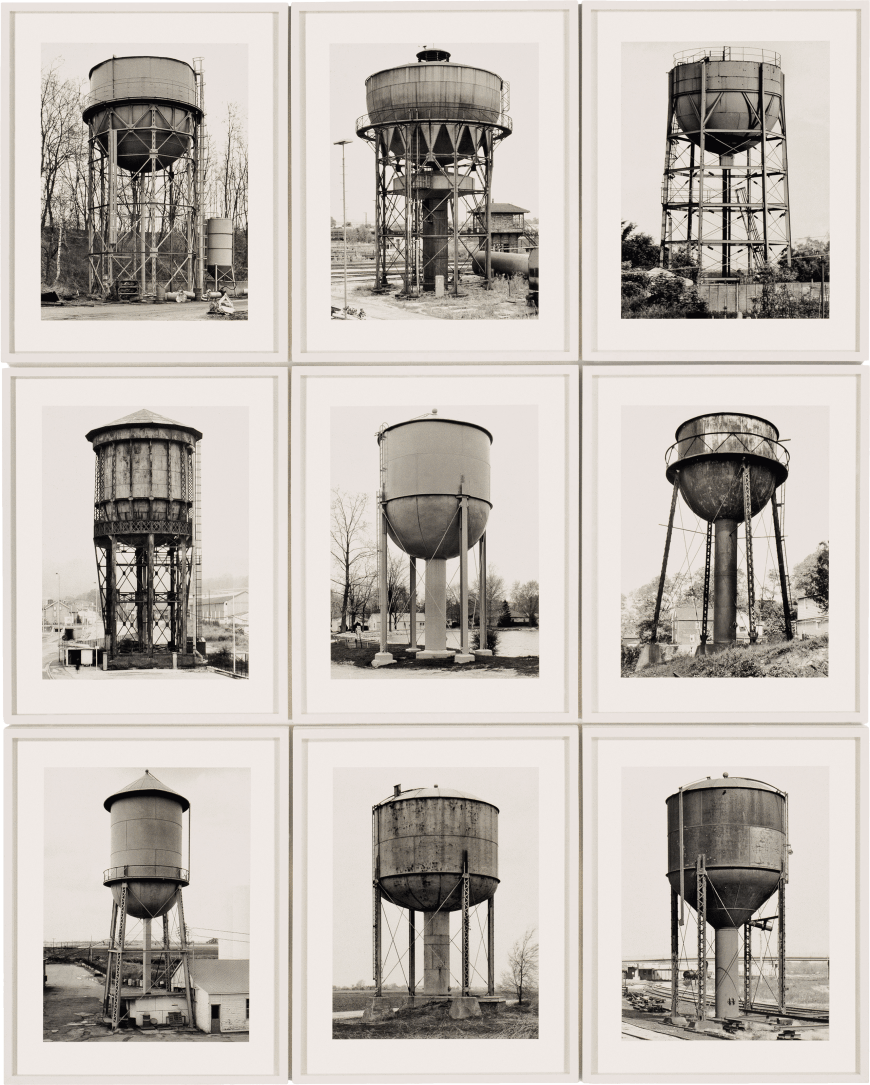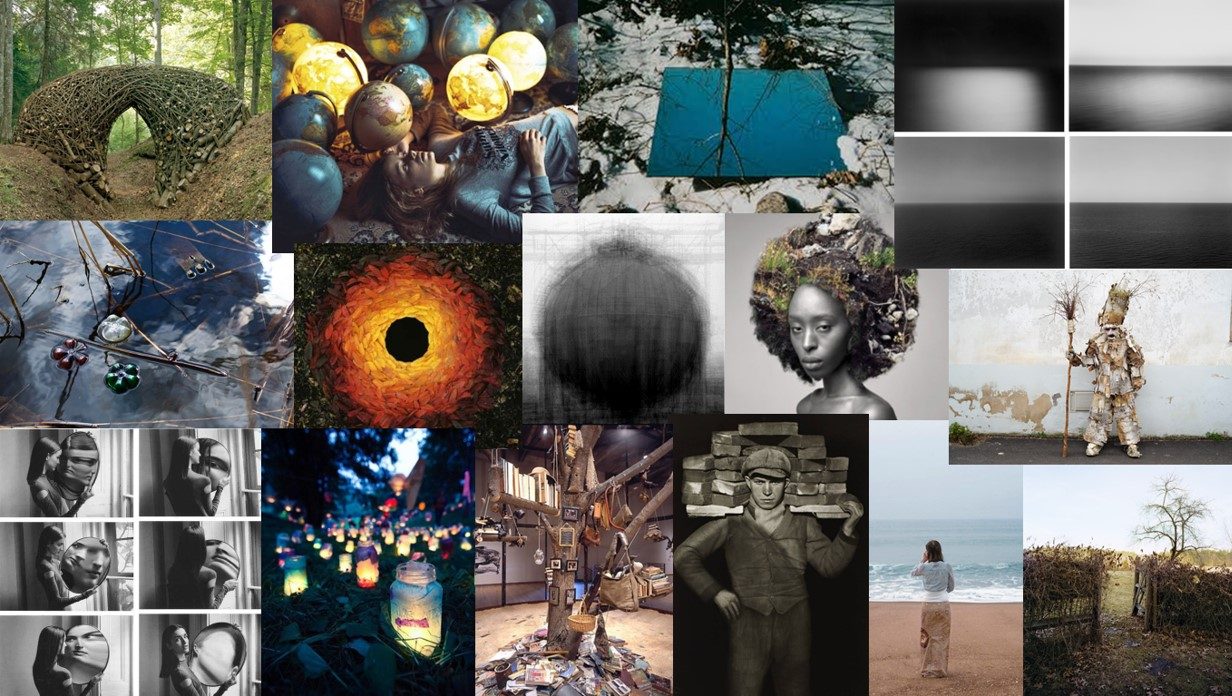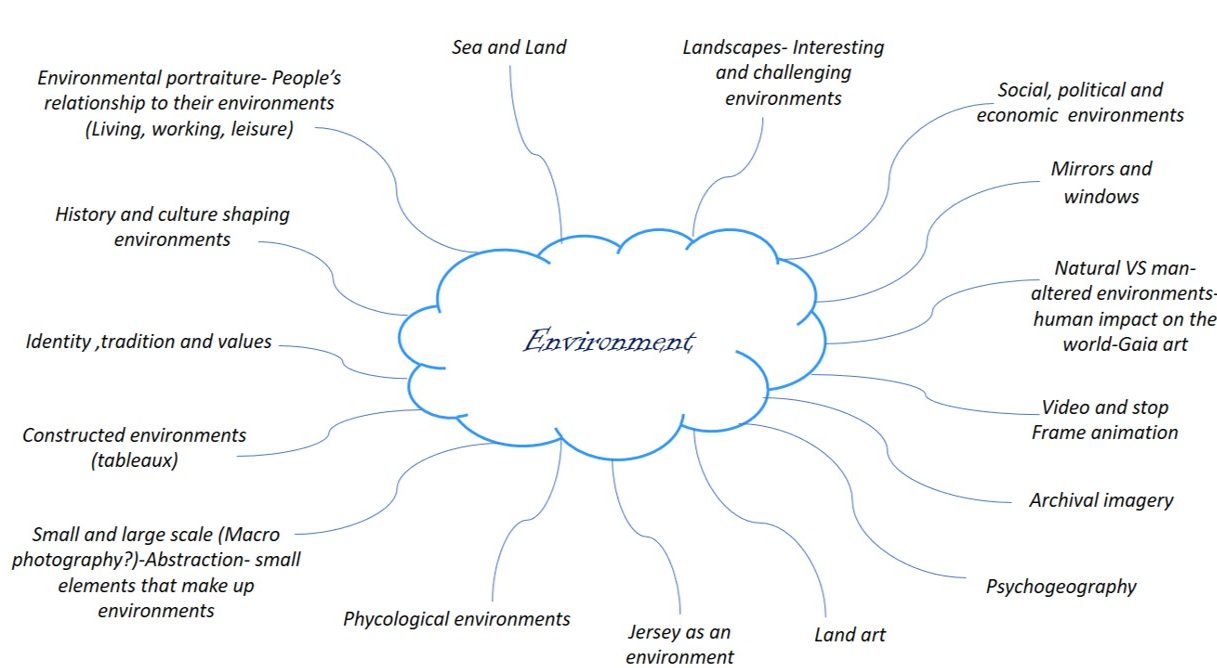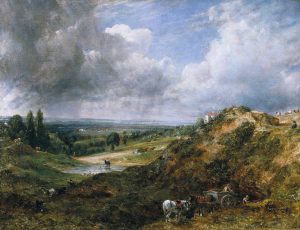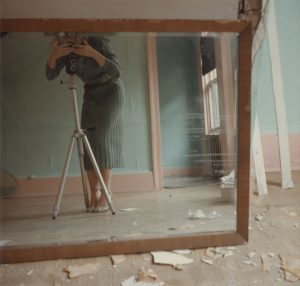
Francesca Woodman was an American photographer who created black and white images often using herself or other young, female models as the subjects. During her life time her art was not well-known and it was only after her death (she committed suicide at 22) that her work received attention. She is considered to be a progressive feminine voice in photography and her work explores themes of isolation and self-displacement. Woodman explained to her parents (who were also artists) that she used herself as a model as a matter of “convenience” because she was always available and knew exactly the effect she wanted to produce with an image. The main subject of her work was broadly an exploration of her own body in relation to space. Her photographs test the boundaries of the body but she rarely revealed her whole body with her face often blurred or masked and parts of her body are hidden behind elements of the environment. This creates an interesting relationship between observation, self-display and mystery. Some critics have interpreted this as an attempt to resist the male gaze with the tendency to camouflage herself. In some images Woodman also most becomes one with her surroundings by blending into the wallpaper or floor so that it becomes difficult to distinguish between the two. By fragmenting her body in this way, hiding behind furniture or using reflective surfaces such as mirrors to conceal herself she dissects the human figure and emphasises isolated body parts. This creates the idea that she is simultaneously there whilst also absent and relates to the idea of disappearance.

Woodman often used long exposure techniques to capture movement within her images and create surrealist compositions . The concealed figures have a mysterious, ghost-like quality . There are also no modern buildings in her work which the critic Elizabeth Gumport describes in this article as crumbling ruins “whose disintegrating forms evoke the wrecks admired by the eighteenth- and nineteenth-century Gothic revivalists often cited as [some of Woodman’s] major influences”. Woodman often photographed herself nude or wearing old-fashioned clothes such as white petticoats and is typically sited in empty dilapidated rooms containing old furniture. Her photographs look as though they belong in a much earlier time with her choice of costume meaning it is impossible to date the images and the use of old buildings and absence of modern objects create a Gothic appearance. Woodman was apparently an avid reader of Victorian Gothic fiction such as novels by the Brontes which could be said to be reflected in her work with the idea of spectral female figures, confined to attics. The soft focus and black and white nature of her images is also similar to the style of earlier generations of photography which further emphasises the timelessness of her work. The soft greys that shade her images add to the mysterious tone and show her eye for light, shadow and form.
Critics have disagreed about the meaning and purpose of her art with some comparing her to surrealist photographers (with her use of Surrealist motifs such as mirrors, gloves, birds, and bowls) and others hail her as a feminist hero. Her images are also very personal, lending them an autobiographical quality and therefore interpretation of her work is often based on psychoanalysis in light of her suicide. However her images are also often subtly amusing and contain playful visual jokes such as the example below with her arms covered in bark and mimicking the form of the trees. Family and friends have argued that while many think her work was about death and disappearance, Woodman’s light-heated sense of humour and energy is also apparent in her work. They say that “Her life wasn’t a series of miseries” and she was fun to be with.
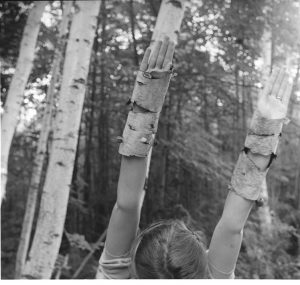
I have researched the work of Francesca Woodman because her art has inspired many contemporary photographers within the area of performance and self-portraiture. In my own work I am also going to be considering the relationship between myself and different environments and I am going to experiment with a surrealist approach, using long-shutter speeds. I am also intrigued by Woodman’s use of props such as mirrors and this is something I am going to use, potentially within the context of old buildings.




